December 17, 1989. In the morning, Timisoara takes to the streets again. Most of the leaders of the previous night’s battles had been badly beaten or arrested by the Militia and the Securitate in the raids that had swept the city all night. But by the end of the morning, hundreds of people gather around the head offices of the Communist Party in Timisoara County, on August 23rd Boulevard. Chanting anti-governmental slogans, a group of the most adventurous storm the building, and under the eyes of the petrified Party functionaries, they tear down Ceausescu’s pictures from the walls, they grab Ceausescu’s books from the bookcases and, together with other communist totems, throw them out of the window into the street. Outside, the crowd meets each shattering of an icon with a huge cheer. They watch as books and portraits crash from the balcony and windows. But the cheer rapidly turns into grief, for it is here that the soldiers use their bayonets on the people for the first time. The stories of the eyewitnesses are terrible: people bayoneted in the stomach, in the back, bayonets cutting people’s faces or ears… a brutal counter-offensive from the army who was supposed to protect the people, not slaughter them for the only fault of having wanted to be free… Panic and fury. Cruelty and revenge. The communist icons of the criminal authorities crushed to the ground. Ceausescu, in effigy, being dragged into mud. His glorious books set on fire. And then the barricades appear. The first clashes. Natural leaders take the lead of the crowds, directing them towards the nerves of the Power. Nothing can control the rebellious city anymore. The workers’ areas are on fire. The harassed dictatorship is giving in with each step. The stifled soul of freedom is taking its first breaths. The army tanks, sent on the street to crush the people, are blocked by the naked chest of the common people. For the first time in the past fifty years, somewhere in Romania, at Timisoara, God is taking side with the many. God, but not His clerks, who have locked up His churches on the inside!
Timisoara, December 17, 1989. In front of the City Hall, a line of military, armed to their teeth, defend an invisible line. Thousands of people chant uselessly: The Army is with us! The Army is not with them. The Army has used its weapons against the people – and the worse is yet to come…
In Bucharest, dictator Nicolae Ceausescu is yelling at the Ministers of Defence and Interior, calling them traitors, for not having shot directly in the people, as he had ordered. “I ordered that the security forces be armed, that warning shots be fired first, and that afterwards the demonstrators be shot in the legs. Why was this not done?” His Ministries make excuses that they couldn’t possibly think of taking the army out in the street with arms and war cartridges. Ceausescu’s fury is growing: “I ordered you to fire warning shots, and then, if they don’t withdraw, shoot them in the legs. I didn’t think for a minute that you were using blank cartridges. This is eyewash! Those who broke into the Party County Committee headquarters should never have got out alive! They should’ve been shot dead!“
And so they were… in Timisoara, only a few hours later… and then in Cluj, Arad, Lugoj, Brasov, Bucharest…
In his telephonic conference, at noon, Ceausescu told the officials he had sent in Timisoara: “Some very serious events have occured in Timisoara in the last two days… Mistakes were made because the problem should’ve been settled within an hour or two… Units were sent out without proper armament before, but now they have been given war ammunition… This is a state of emergency… Everyone who does not submit to the soldiers, I’ve given the order to fire. People should be challenged, and if they do not comply with the order, they should be shot… I gave order to the troops to fire… They made the mistake before of turning the other cheek… Humanism does not mean joining the enemy. Humanism means the defence of socialism.”
The Bloody Sunday massacre in Timisoara started about 5,30 pm, as darkness fell on the city…





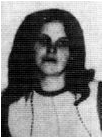


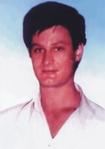
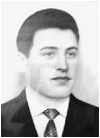




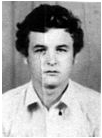

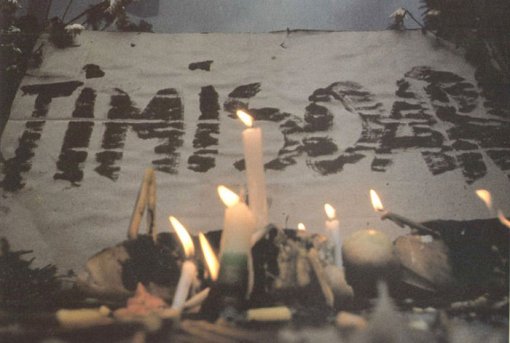
Leave a comment